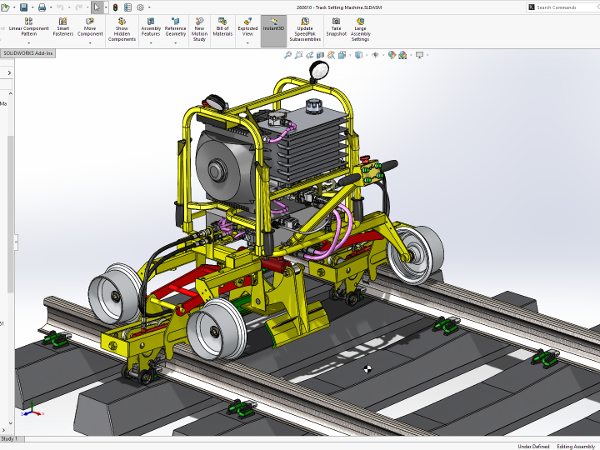Building A Reliable Backend System For Your Online Store: Best Practices And Key Considerations

Online shopping is popular, and e-commerce businesses are booming. But a reliable backend system is crucial for managing orders, inventory, payments, and other tasks. In this blog, we’ll discuss the best practices and key considerations for building a backend system. This includes scalability, security, and performance. We’ll also explore tools and technologies like web frameworks and databases that can help you build a robust system.
Key Considerations For Building A Backend System For Your Online Store:
- Scalability is an essential key consideration when building a backend system for an online store. It refers to the ability of the system to handle a growing number of users, transactions, and data without compromising performance or reliability. As an online store grows and attracts more customers, it needs a backend system to handle increased traffic and demand. If the system is not scalable, it may become slow, unresponsive, etc.
- Online stores must prioritize strong security measures to safeguard their customers’ sensitive data and prevent unauthorized access due to rising cybersecurity threats and data breaches.
- Performance is vital for a backend system of an online store. Slow response times and downtime can lead to lost sales and damage the store’s reputation.
- Integrations are essential for an online store’s backend system to connect with third-party systems such as payment gateways, shipping providers, and marketing tools. This enhances the customer experience and streamlines business operations.
Tools And Technologies
Many tools and technologies can help you build a robust backend system for an online store (ระบบหลังร้าน, which is the term in Thai). Here are some popular examples:
- Web Frameworks: A web framework is a software framework that provides a structure for developing web applications. Popular web frameworks include Django, Ruby on Rails, Flask, and Node.js.
- Databases: A database is a structured data collection used to store and retrieve information. Examples: MySQL, PostgreSQL, MongoDB, and Cassandra.
- Caching Systems: Caching systems are used to improve the performance of web applications by storing frequently accessed data in memory.
- Messaging Systems: Messaging systems manage communication between different parts of a web application. Popular messaging methods include RabbitMQ and Apache Kafka.
- Monitoring And Logging Tools: Monitoring and logging tools are used to monitor a web application’s performance and availability and diagnose issues. Popular tools include New Relic and Loggly.
- Payment Gateways: Payment gateways are used to process payments in online stores. Popular payment gateways include PayPal, Stripe, and Authorize.net.
Lastly, a good online store will also have a receipt (ใบเสร็จ รับ เงิน, term in Thai) system and feature. It helps businesses with accounting, financial tracking, and expense management.
Conclusion
In conclusion, building a reliable backend system is essential for the success of any online store. It is the core of the entire operation, responsible for managing orders, inventory, payments, and other important tasks. Several key considerations are critical for building a robust backend system, including scalability, security, performance, and integrations.






